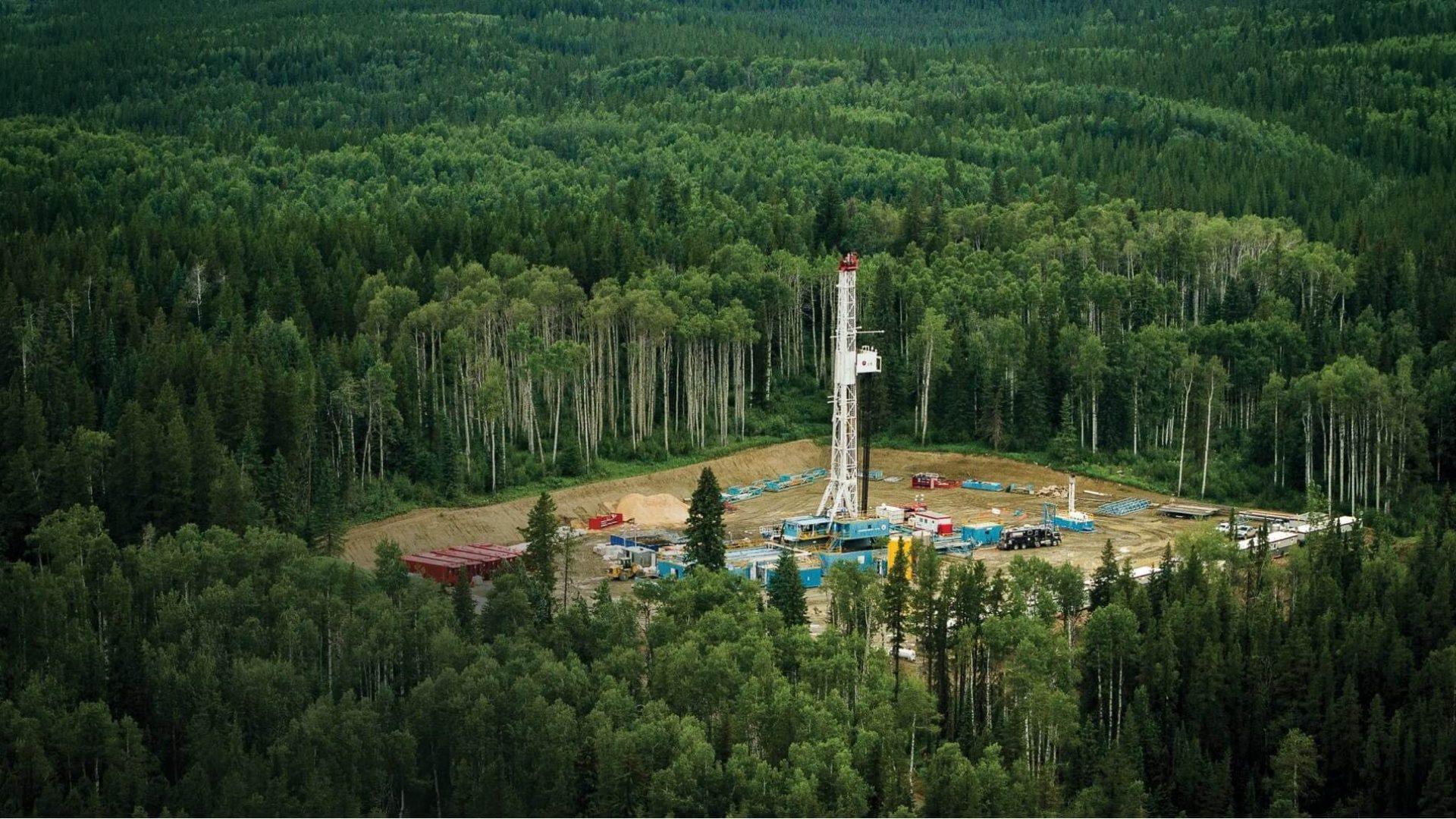
- Peyto Exploration & Development
2021 production: 91,051 boe/d
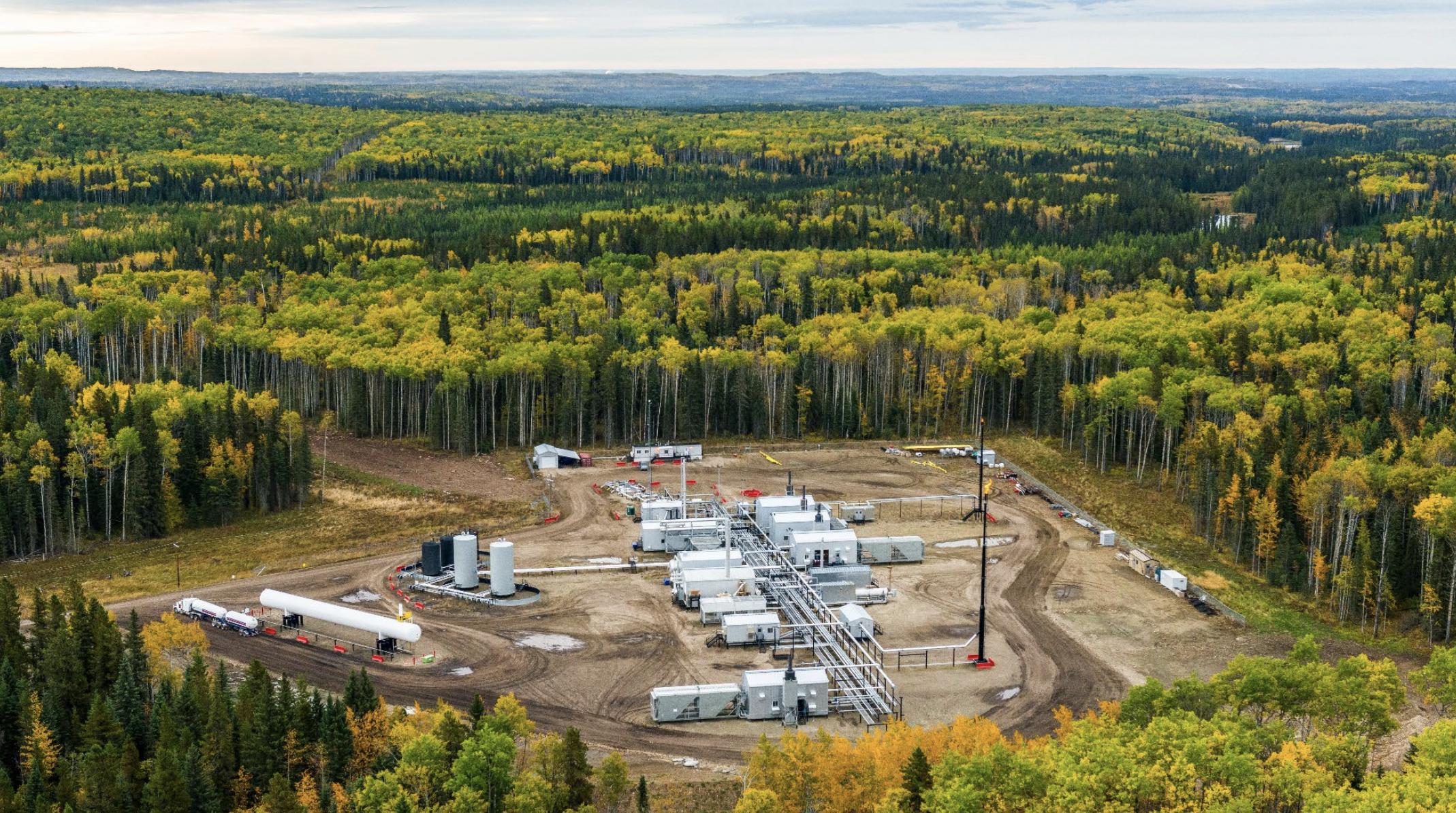
Peyto Exploration & Development is a natural gas producer in the Alberta Deep Basin play located along the northeastern edge of the Rocky Mountains.
Like many companies, Peyto specifically targets reducing methane emissions from its operations.
One way it does this is by powering electrical instrumentation and pumps on drilling and production sites using solar panels and battery storage.
In 2021, Peyto reported it had cumulatively installed 3,325 solar panels to help eliminate the need to burn fuel gas.
Read More: Peyto 2022 ESG Report
- MEG Energy
2021 production: 93,733 boe/d
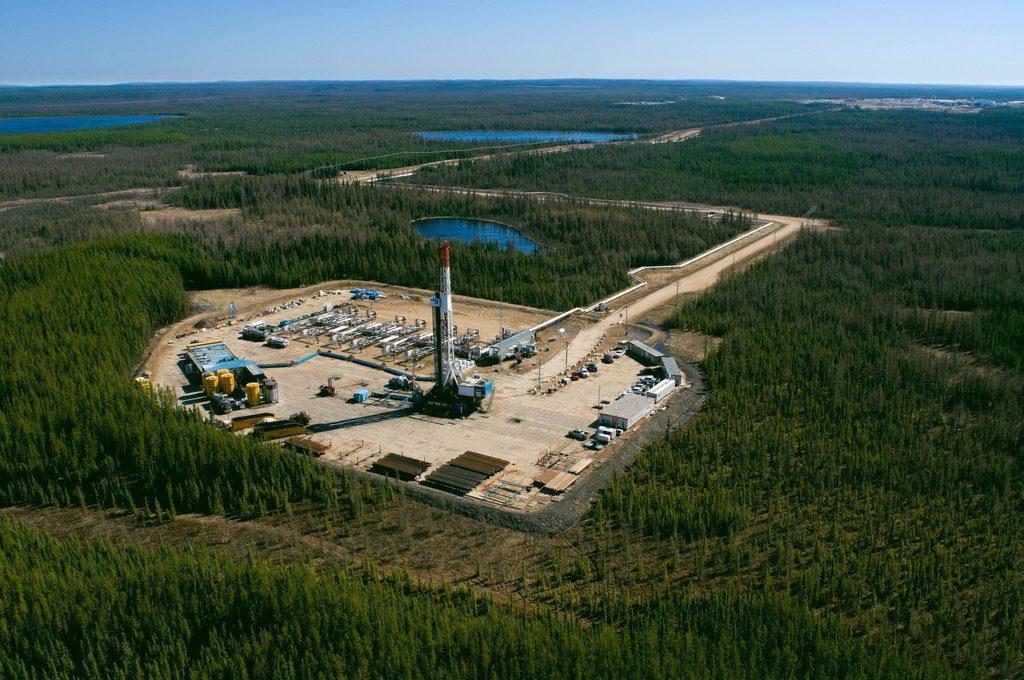
Many oil sands producers use SAGD technology, where steam is injected deep underground to heat and mobilize bitumen so it can be pumped to the surface.
One way MEG Energy is working to reduce emissions is by incorporating a technology it calls eMSAGP.
This enables the production of more oil using less steam. Producing steam requires burning natural gas, so using less steam means reduced emissions from gas combustion.
eMSAGP involves drilling production wells between SAGD well pairs and injecting a non-condensable gas, like natural gas, into the reservoir. This maintains pressure while retaining heat from steam that was previously injected, allowing mobilized bitumen to flow without having to add more steam.
eMSAGP is estimated to result in 14 per cent lower emissions than conventional SAGD.
MEG Energy is a member of the Pathways Alliance of oil sands producers committed to achieving net zero emissions by 2050.
Read More: MEG Energy 2022 ESG Report
- Whitecap Resources
2021 production: 112,222 boe/d
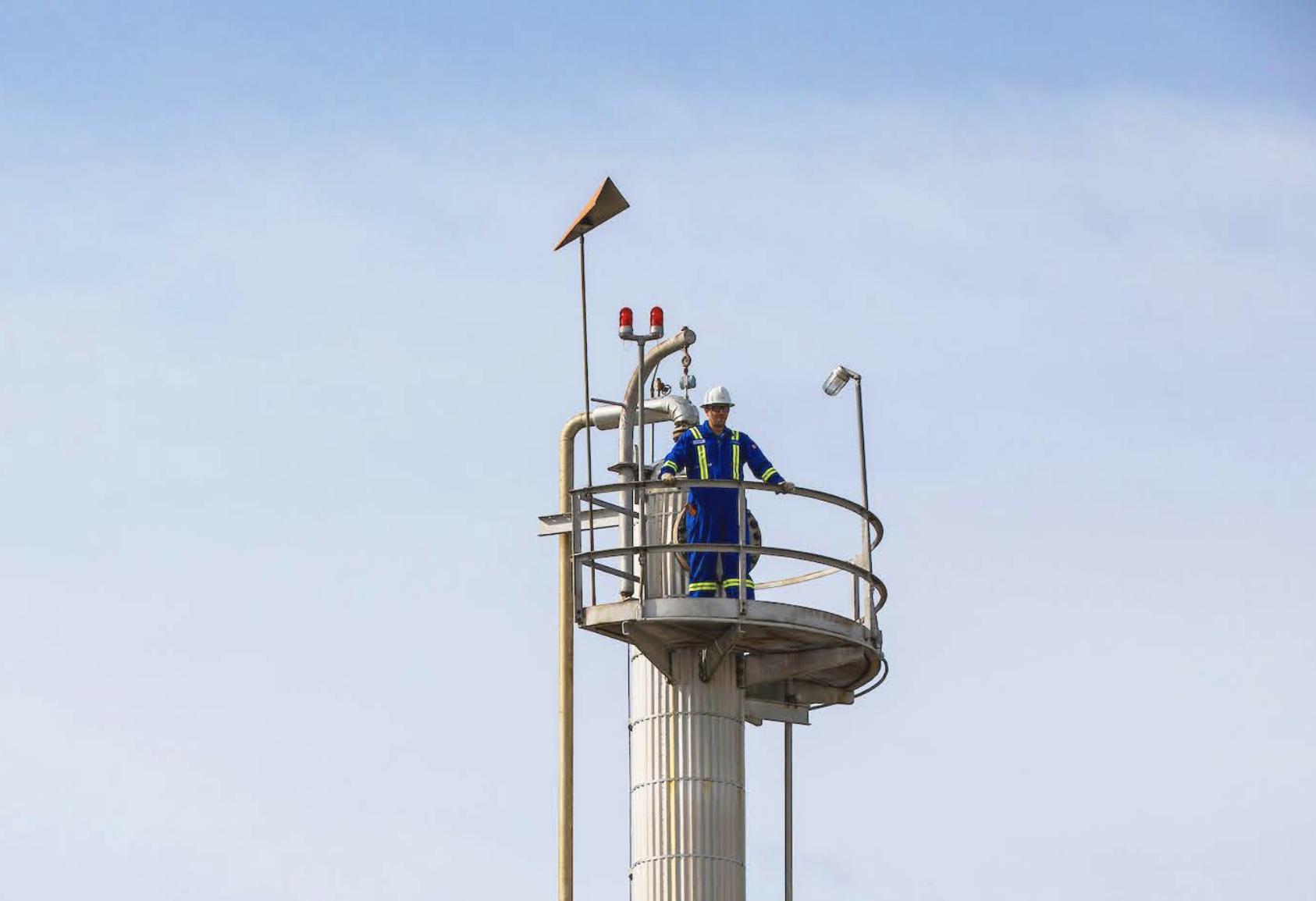
Whitecap Resources produces oil and gas from northeast B.C., central Alberta and southeast Saskatchewan.
Because of its ownership of the Weyburn and Joffre carbon capture and storage (CCS) projects, the company removes more CO2 than it emits.
Weyburn, in Saskatchewan, is the world’s largest CCS project using CO2 for enhanced oil recovery.
For more than two decades, CO2 captured at the Great Plains Synfuels Plant in North Dakota has been carried by pipeline to Weyburn for ultimate storage deep underground.
Since 2000, Weyburn and Joffre together removed more than 37 million tonnes of CO2 from the atmosphere, or the equivalent of taking more than 7.9 million cars off the road.
Read More: Whitecap 2021 ESG Report
- Crescent Point Energy
2021 production: 112,632 boe/d
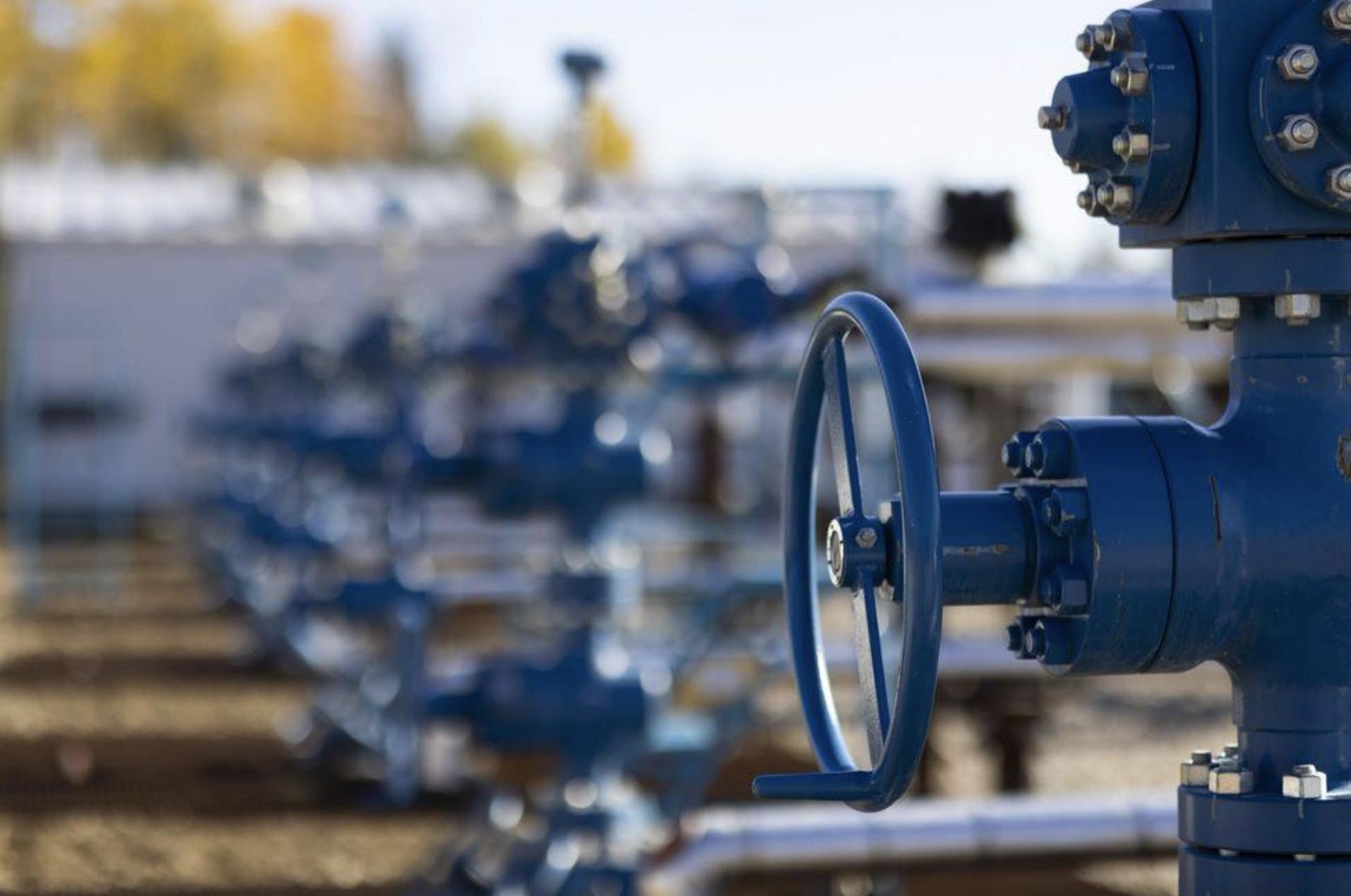
Crescent Point Energy produces oil from the Shaunavon play in southwest Saskatchewan, the Bakken play in southeast Saskatchewan, and the Duvernay play in central Alberta.
The company has identified so-called associated gas, or natural gas produced in small volumes during oil production, as one opportunity to reduce emissions.
A solution is combustors, enclosed devices where no smoke, odor or visible flame is emitted, installed to manage associated gas during oil production.
This is unlike flaring, which burns the associated gas into the atmosphere.
In 2021, Crescent Point installed combustors on all new wells, and on a portion of existing sites, in the Dodsland region of Saskatchewan.
Read More: Crescent Point 2022 ESG Report
- ARC Resources
2021 production: 302,003 boe/d
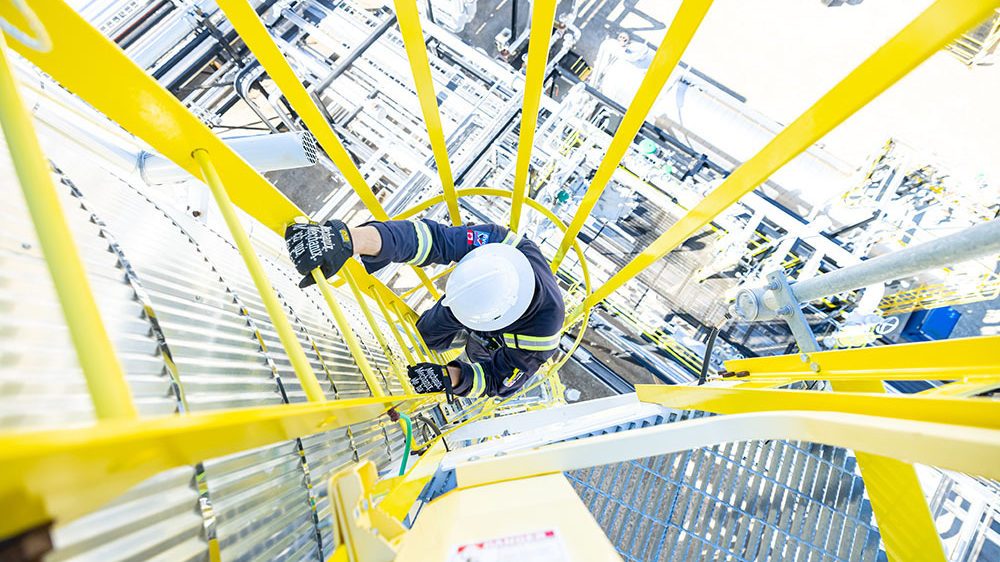
ARC Resources produces natural gas, natural gas liquids, and crude oil from the Montney play that straddles the northern border between B.C. and Alberta.
The company is electrifying its facilities in B.C., connecting to the provincial power grid and renewable hydroelectricity.
Electrification resulted in a 36 per cent reduction in GHG intensity from 2016 to 2020, despite the company growing oil and gas production by 37 per cent.
Read More: ARC Resources 2022 ESG Report
- Imperial
2021 production: 383,167 boe/d

Imperial has oil and gas production, processing and refining operations across Canada. In the oil sands, the company operates both in situ (drilling) and mining projects.
To help address emissions at its Kearl oil sands mine, Imperial is incorporating new mobile equipment that uses advanced exhaust gas after-treatment technologies to improve air quality and reduce emissions.
About 36 per cent of Imperial’s Kearl mobile mine fleet meets these standards, the company says.
Imperial is a member of the Pathways Alliance of oil sands producers committed to achieving net zero emissions by 2050.
Read More: Imperial 2022 ESG Report
- Tourmaline
2021 production: 441,145 boe/d

Tourmaline primarily produces natural gas from the Alberta Deep Basin and the Montney play in northeast B.C.
Over the last five years the company says it has been systematically displacing the use of diesel to power its operations in the field with natural gas it produces itself.
Natural gas is used to operate hybrid-fuel drilling rigs and portable generators that generate on-site electricity.
Displacing high-carbon diesel with cleaner natural gas allows the company to reduce both emissions and costs, Tourmaline says.
Read More: Tourmaline 2020 Sustainability Report
- Suncor Energy
2021 production: 698,600 boe/d
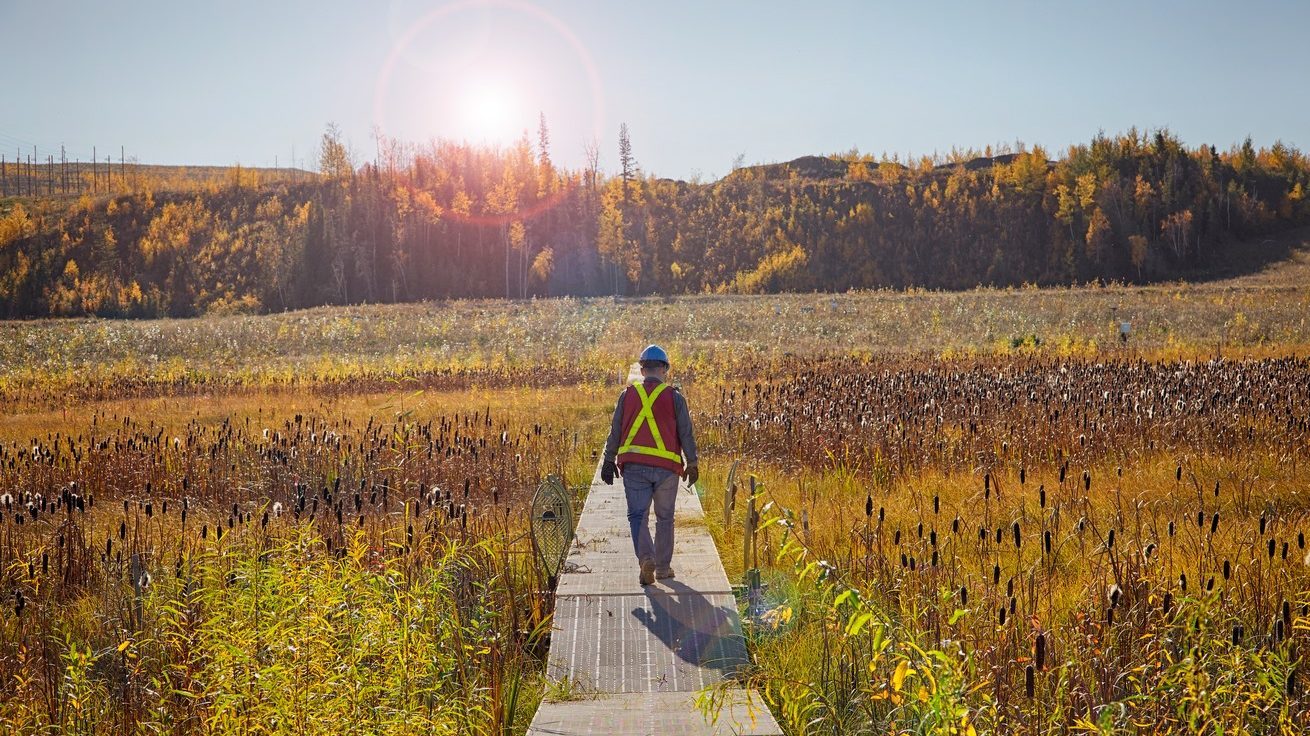
With operations across Canada, Suncor Energy is helping reduce emissions from Alberta’s power grid through cogeneration, or the production of steam and electricity from natural gas.
Suncor exports to the Alberta grid about 40 per cent of the 1,400 megawatts of electricity it generates, which is helping reduce reliance on coal-fired power.
The company is now replacing two coke-fired boilers at its oil sands base plant with new natural gas-fired cogeneration units, to be complete in 2024.
The project is expected to enable a further 800 MW of electricity exports to the Alberta grid, or about seven per cent of current demand, reducing emissions by five million tonnes per year compared to coal-fired power.
Suncor Energy is a member of the Pathways Alliance of oil sands producers committed to achieving net zero emissions by 2050.
Read More: Suncor Energy’s 2022 Sustainability Report
- Cenovus Energy
2021 production: 731,300 boe/d
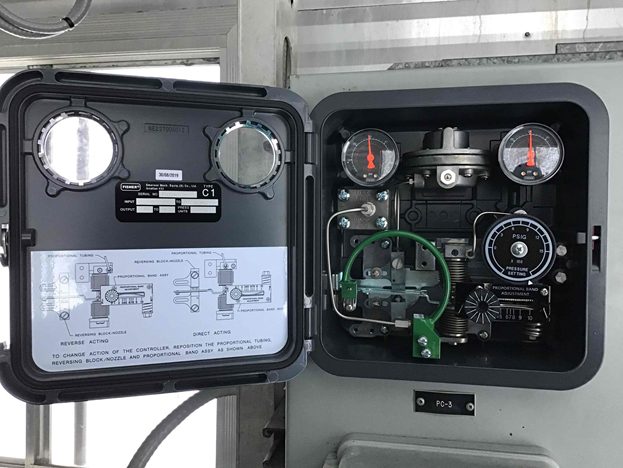
Reducing methane emissions is a central focus for Cenovus Energy, particularly in its conventional oil and gas operations.
The company says in 2021 it reduced methane emissions by 25 per cent from 2020 levels, or by about 520,000 tonnes of CO2e – about the impact of taking 113,000 cars off the road.
One of the ways Cenovus is reducing methane emissions is by converting older equipment to low- or no-emissions systems.
In 2021, the company converted more than 3,000 instruments, such as transducers and pressure controllers, to devices that consume and emit less natural gas. This alone cut methane emissions by close to 200,000 tonnes.
Cenovus is also converting facility equipment like controllers and pumps to run on instrument air (compressed air) instead of natural gas to help continue reducing methane emissions.
Cenovus Energy is a member of the Pathways Alliance of oil sands producers committed to achieving net zero emissions by 2050.
Read More: Cenovus Energy 2021 ESG Report
- Canadian Natural Resources
2021 production: 1,080,522 boe/d
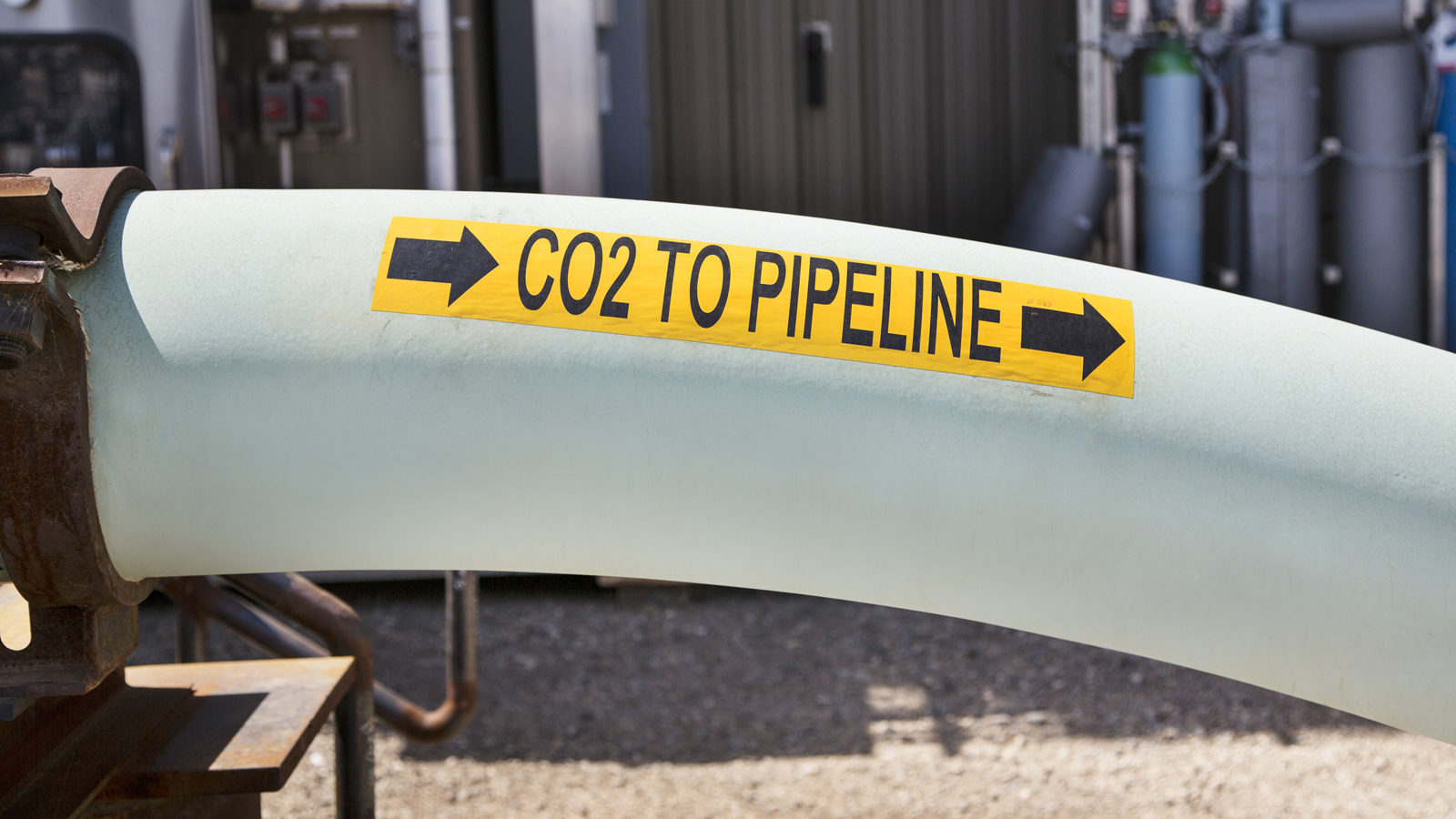
Canada’s largest oil and gas producer is also the sixth largest owner of carbon capture and storage (CCS) projects globally.
Canadian Natural Resources is majority owner of the Quest CCS project at the Scotford Refinery, as well as 50 per cent owner of the Sturgeon Refinery, where CO2 is captured and fed into the Alberta Carbon Trunk Line, the world’s largest CO2 transportation system.
The company also captures CO2 from hydrogen production at its Horizon project and sequesters the CO2 in oil sands tailings.
In total, Canadian Natural has capacity to capture 2.7 million tonnes of CO2 equivalent per year, or the equivalent of taking about 576,000 cars off the road.
Canadian Natural is a member of the Pathways Alliance of oil sands producers committed to achieving net zero emissions by 2050.
Share This:





 CDN NEWS |
CDN NEWS |  US NEWS
US NEWS 



































COMMENTARY: Alberta’s World-Class Regulator and Regulatory System – Brian Jean, Minister of Energy and Minerals for Alberta